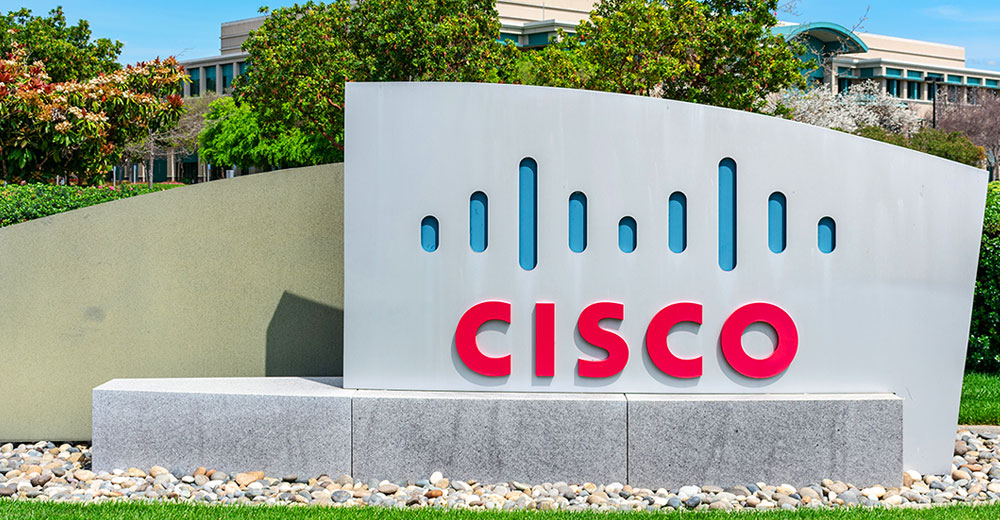
Thursday marks the official stable release of Ubuntu 7.10, but by Wednesday — with the Ubuntu community Web site ticking off the time as “1 day to go” — the Internet was awash in glowing tributes to Ubuntu’s latest advancement.
Ubuntu is a Linux distribution for desktops, laptops and servers. In preparation for the event, developers got to work with a release candidate, ensuring one last round of testing before going live.
Going 3-D and Green
The highlights of the latest release include 3-D desktop visual effects that raise the appeal of using the system; a new security layer; automatic printer installations; hard-disk encryption options; tailored kernel feature optimized for virtual appliances and an idle-mode feature that results in savings on power and heat.
With the latest release, tagged as “Gutsy Gibbon,” the writing is on the wall, or, to be more specific, on Wall Street. Ubuntu’s commercial sponsor, Canonical, is set on placing Ubuntu on a growth path on the enterprise level.
Support Signs
“Given that organizations are leery of trying out unknown or unsupported software, the fact that Ubuntu has gained support from major systems providers such as Dell and Sun should help,” Clay Ryder, president of Sageza Group, told LinuxInsider.
“Right now, it is unlikely to unseat Red Hat or Novell from the number 1 and 2 spots, but overseas Red Hat is not the leader, and both distros are controlled by North American companies,” he added.
Earlier this year, Canonical’s reps saw encouraging signs at a virtualization show in the U.S. Those circling the Canonical wagons could no longer be typified as tech enthusiasts as much as people from traditionally “conservative” business sectors, government agencies and energy suppliers.
On the eve of the official release of 7.10, that is pretty much where enterprise uptake stands, on the edge of the network, but inching closer within.
People are prototyping and experimenting with new applications or virtualization, Canonical’s marketing manager, Gerry Carr, told LinuxInsider.
“This use of Ubuntu is extremely widespread across all industries, and we are starting to see that use move into production,” he added.
Energy Conscious
Nonetheless, one feature being highlighted by technical types is the new “tickless kernel,” tied to easing up real-life business issues of power consumption and missions toward going environmentally green.
“Any business interested reducing their power costs or simply trying to save space — the more VMs (virtual machines) the fewer actual machines and racks — would find this advantageous,” Carr said.
As good as Ubuntu’s technology advancements may be, Canonical’s business future may largely rest in building out sales and support.
“Technocrats and developers will always be defining which solution is technically ‘better,’ but ease of support and purchase thereof is a greater concern,” Ryder said. “Applications are the ultimate driver of deployment, not the operating system itself.”
If Canonical is set to win over business customers, it will not follow the open source vendor herd in terms of charging business users for an “enterprise edition.” Canonical’s management makes no distinction.
In Class by Itself
Its revenues come solely from commercial support contracts and custom engineering services.
Not unrelated to its popularity has been its consistent championing of the principles of open source. That is unlikely to change, according to Carr.
“We won’t produce an enterprise model in the sense of it being exclusive to payers,” he said. “Ubuntu is developed and supported by its community and it would be wrong for us to deny that community access to what is essentially their own work. We take the view of charging people only where they truly need support and moving toward revenue that way.”




















































